First SOTA activation: Mt. Saint Helena 2020-06-20
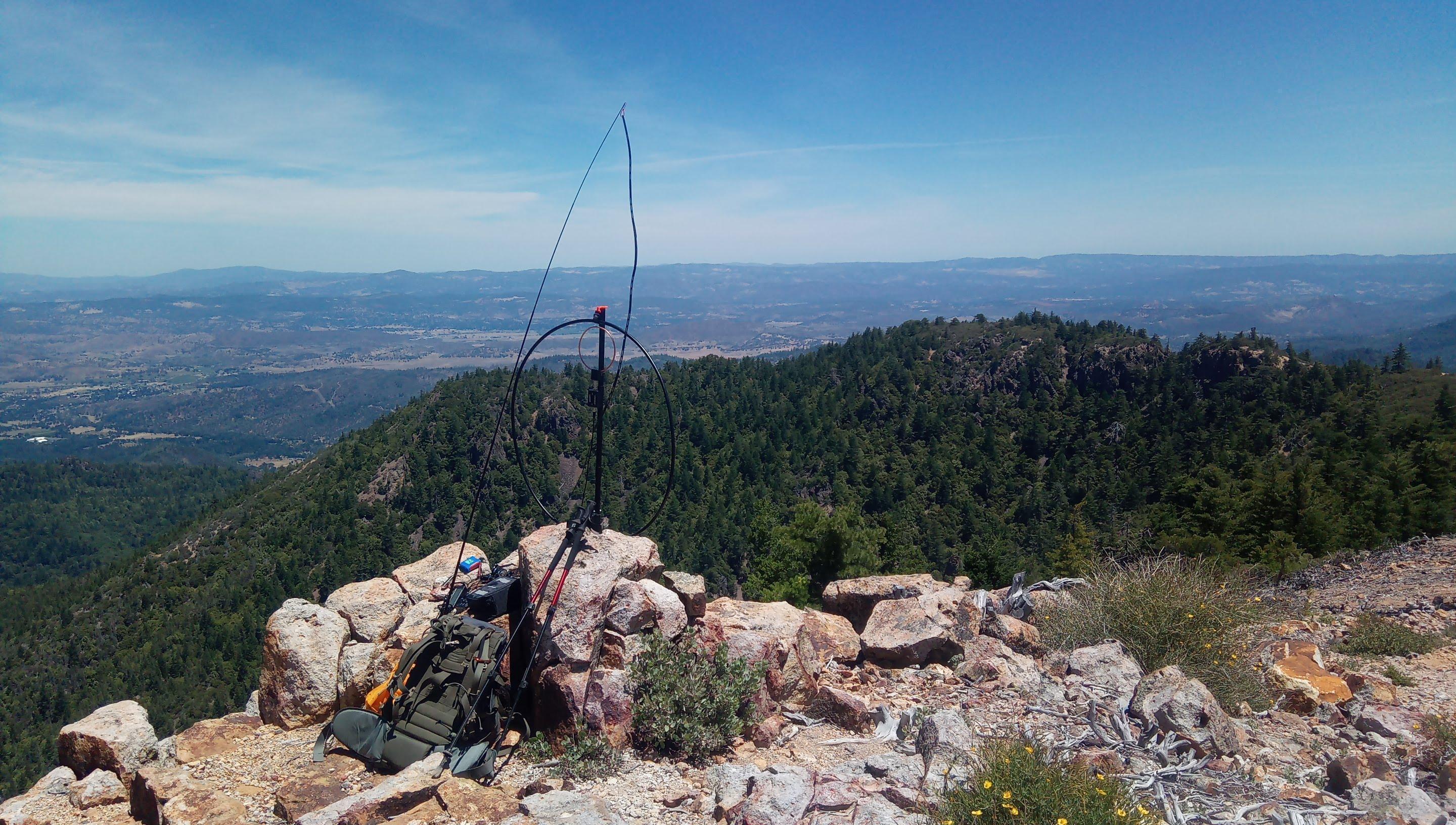
Welcome back folks. One thing I never mentioned before is my master’s degree in Radioengineering. Weirdly enough despite being fascinated with wireless communications from the very early age I didn’t get into amateur radio until recently. Just always thought passing exams is not quite worth it. Plus while learning to copy Morse code had been always on the list of things to do before pegging out I just ‘never had time for it’.
About a year ago, I was looking for a new walkie-talkie to take on hiking trips so our group had some means of communicating in no cell phone reception areas. While researching available options I realized it makes sense to get licensed to get access to amateur radio frequencies.
I’ve bought Technician exam book and oh boy what a delight it was to get back into radio ‘saddle’! Long story short I’ve got my Technician, General and Amateur Extra licenses within next three months and had lot of fun in the process. Assembling QSX trancseiver from QRP labs got me into kit building.
Areas of a particular interest to me are emergency / low power communications and Summits On The Air program. SOTA challanges you in a few ways:
- you need to plan carefully - summit activation usually requires driving somewhere, hikng up and down before it’s dark.
- you need to be able to get the rig and batteries to the summit somehow. Finding a compromise between power and portability is vital.
- you need to learn to copy Morse code. CW signal is way more narrow than SSB signal in frequency domain. This means one can be heard by more chasers using same power. In most cases you will be limited to QRP operations transmitting 5 watts or less. I’m not telling QRP SSB is impossible but it complicates the summit acivation even further.
- you should be able to pick the right frequencies to maximize the chance to be heard given the propagation situation. The fact that we are in the bottom of the sun spot cycle spices things up.
My very first SOTA activation
So here we are. About a year in I feel like I can copy 15 WPM well enough and use Morse decoder capabilities of Wolfwave sound processor as a backup to confirm I have copied call signs correctly.
I decided to start with Mt. Saint Helena - the highest point in Sonoma county, California. The hump was originally named Kanamota, “Human Mountain” and then Mount Mayacamas. The name was changed to “Saint Helena” after a Russian survey party ascended the peak in 1841 and left a copper plate on the summit inscribed with the date of their visit. The mountain was renamed in honour of Helena Rotcheva, wife of Alexander Rotchev, the commanding officer of Fort Ross - southernmost Russian settlement in Americas.
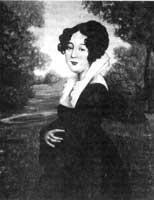
Princess Helena Rotcheva (nee Gagarina)
“Wizard of Earthsea” by Ursula Le Guin was one of my favorite books as a kid as well as “Treasure Island” by Robert Louis Stevenson. Both of authors have a certain connection to this place - Stevenson spent the summer of 1880 honeymooning in an abandoned mining camp on Mount Saint Helena and Ursula Le Guin was a resident of Napa valley. Her novel “Always Coming Home” describes a post-apocalyptic society that considers Mount Saint Helena sacred.
On top of all of that (pun intended) there is a decent hike to the summit.
Getting there
Here are the trailhead coordinates on Google Maps. You get there using good (by Californian standards) paved roads.
I highly recommend arriving early - during a peak season parking fills up by 9:00. There are few tables right near the trail head where you can have your breakfast.
Tables at the trail head Stevenson memorial trail sign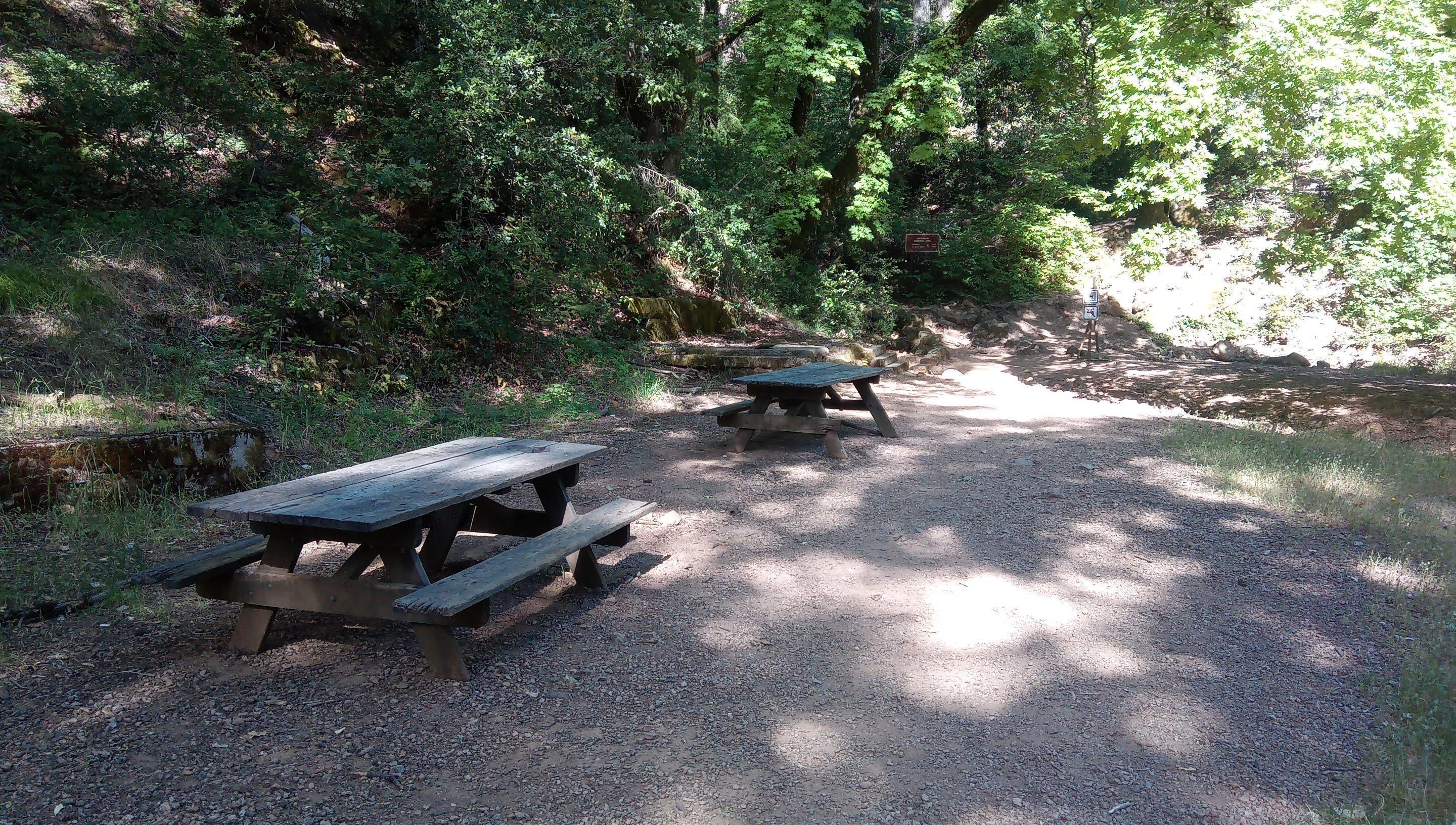
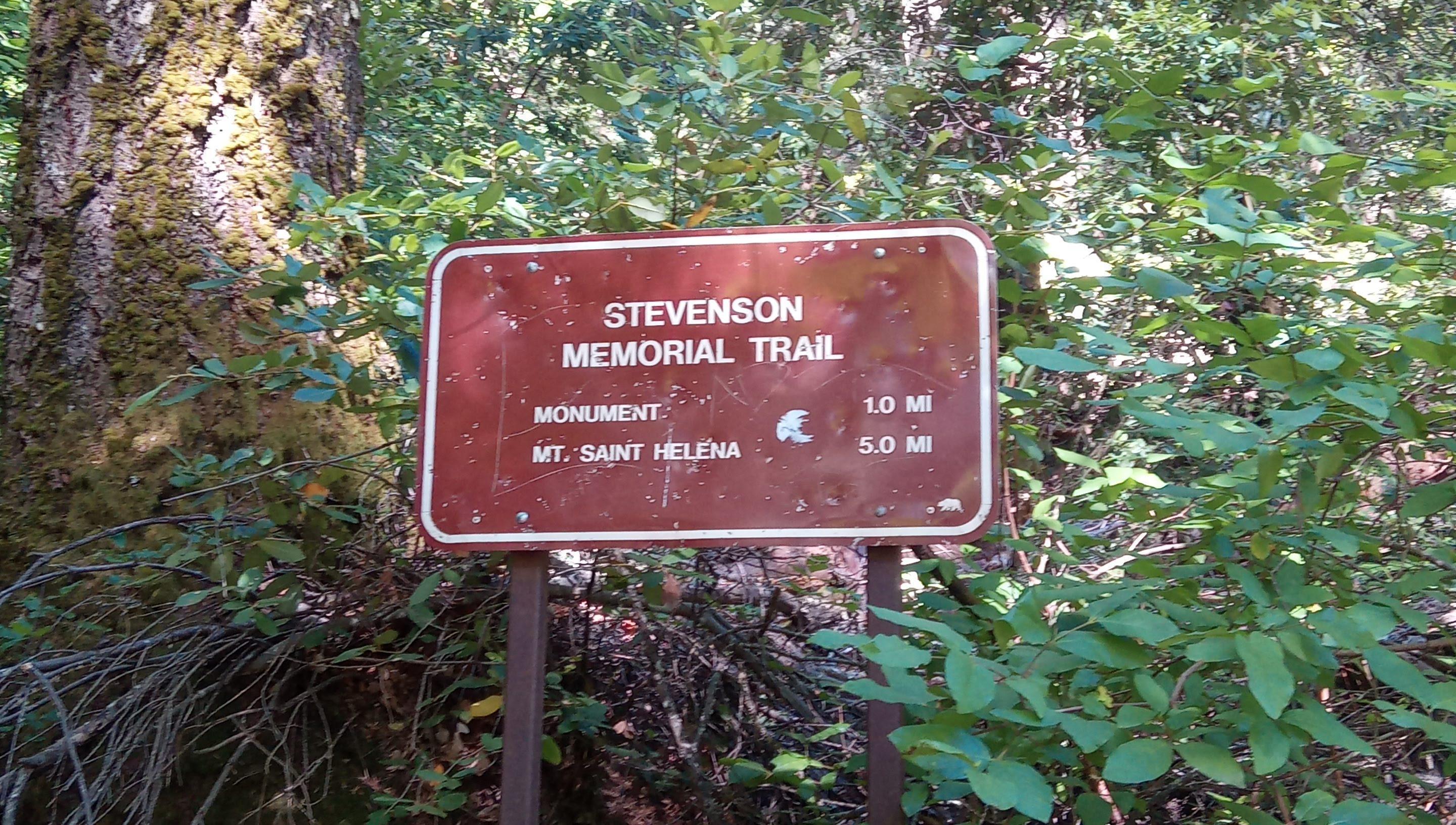
There are two parts of the hike - first 0.7 mile or so it’s a narrow trail meandering through the forest and the rest is the maintenance road to the summit of the mountain. The first part is also the steepest part. This is the only shady part of the trail as well - there are few trees on the very top but aside from this you are open to elements once you get to the road. Water / head cover is a must in summer!

View from the road
Morning was quite foggy but fog quickly melted away as I was going up.
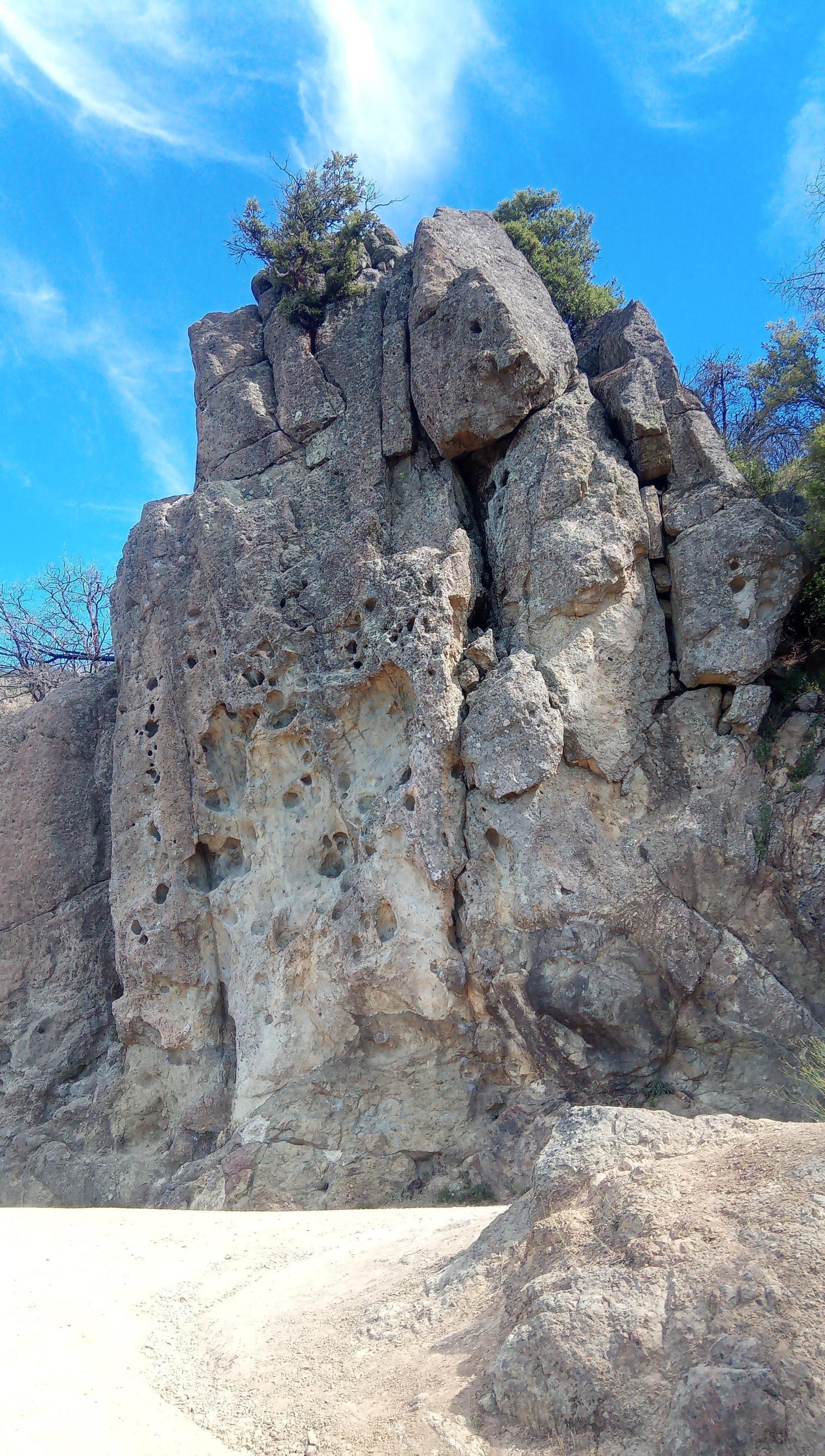
Expect climbers here
Climbers like this place as well.
View to the West about half way up View to the South Multiple summits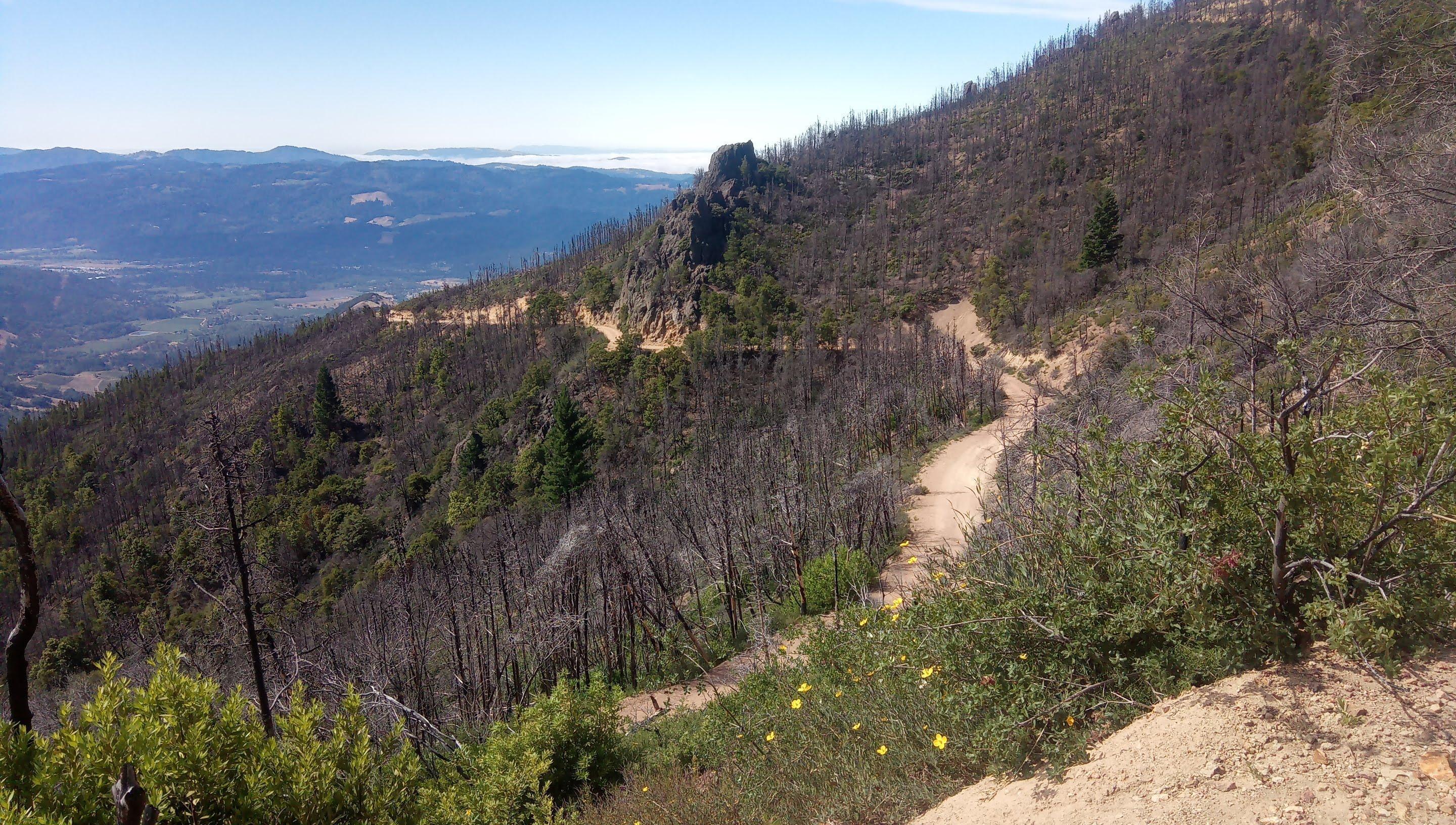

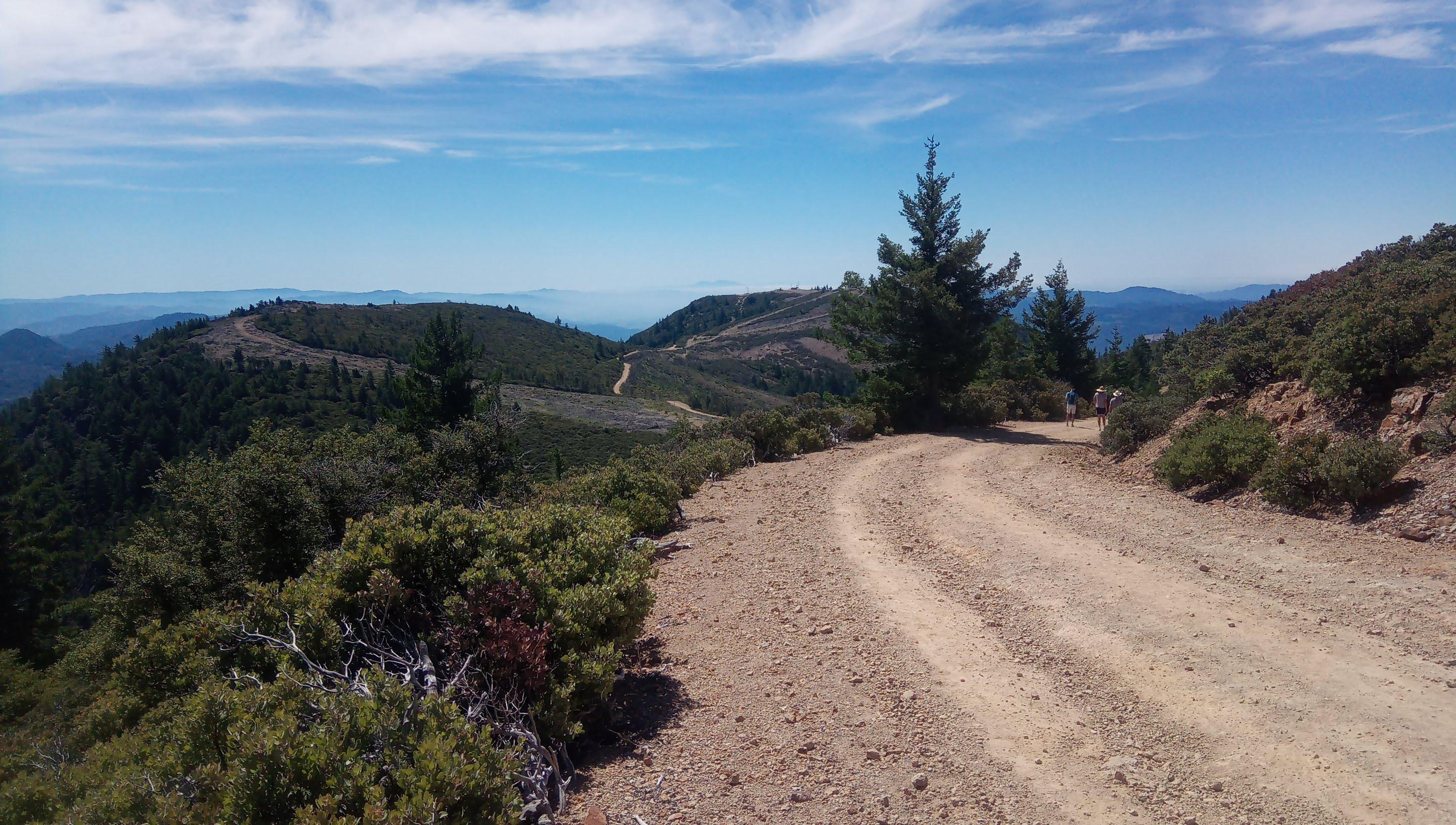
The mountain has several summits - follow the trail to the fartherst / highest one.
View to the West from the summit Summit panorama Russian copper plates reproduction The summit

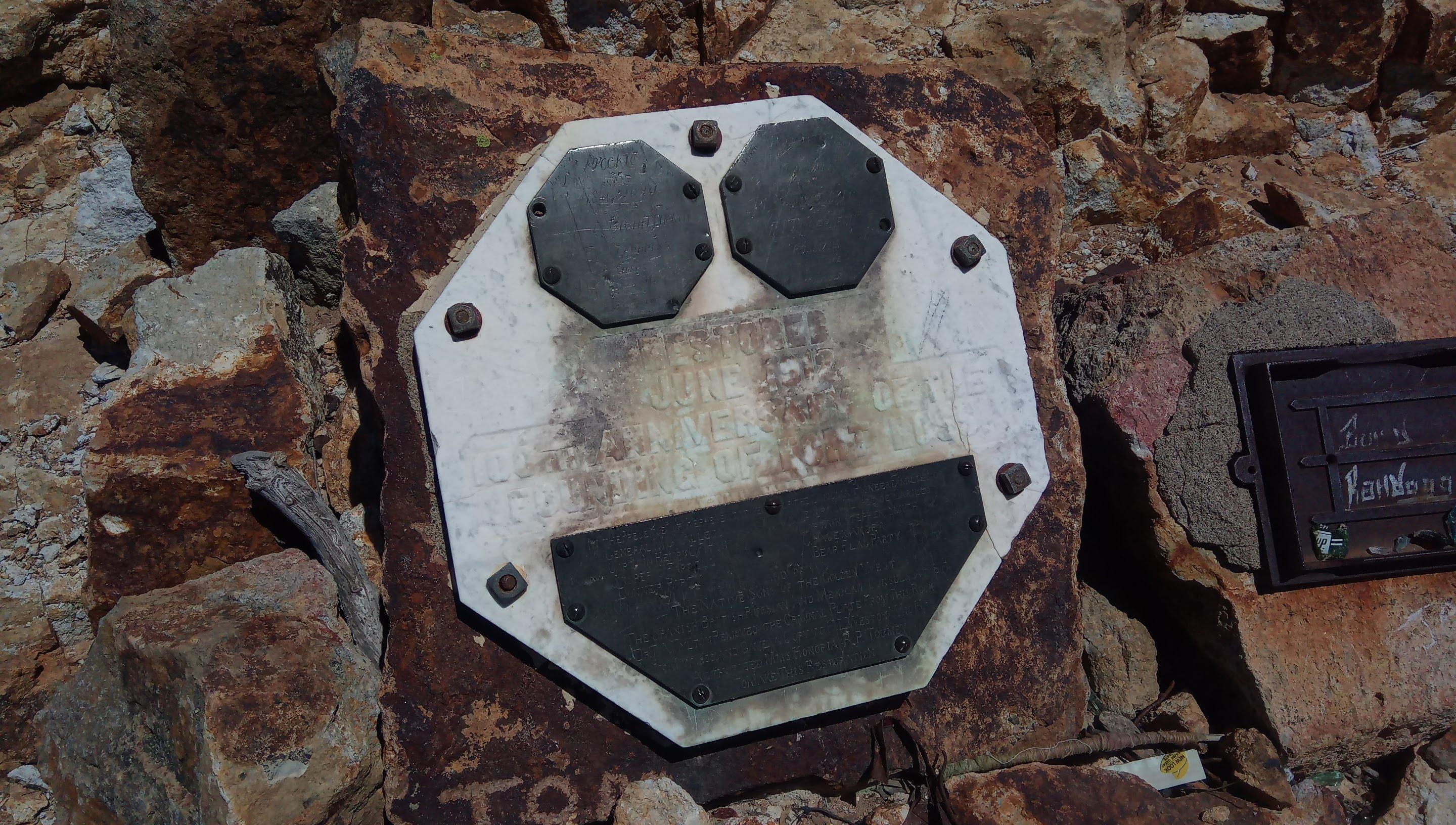
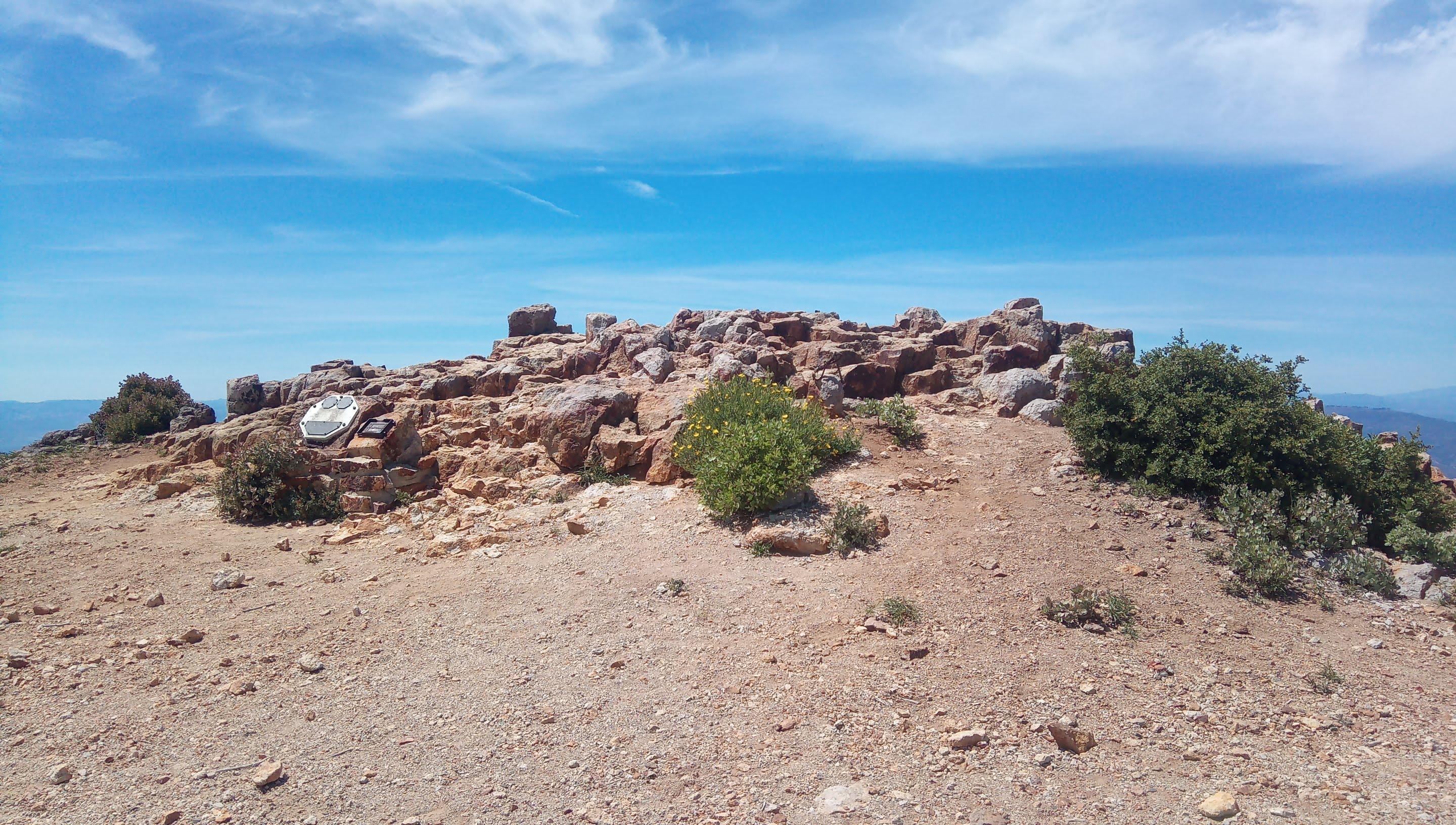
Getting on the air
There is plenty of space on the top to set up an antenna without obstructing the summit / views to fellow hikers.
I had Baofeng UHF/VHF radio with me as a backup and heard quite a few people including a SOTA activator on mt. Diablo. No one was able to hear me on UHF/VHF it appears even from the very top and with a roll-up J-pole antenna deployed.
Was more lucky on HF with my Elecraft KX-2 and a magnetic loop antenna. I prefer dipole and believe it is a superior antenna for SOTA because it is way more efficient radiator. Wanted to test a mag loop though.
- Capacitor of a magnetic loop is a weak link of the system - you don’t want to hit it by a rock and bend plates.
- I find the need to retune antenna each time I change frequency quite tedious.
- Capacitor box is not very packable and whole antenna setup is heavier then a dipole.
- Max power is about 50 watts in this particular model.
The only situation when I see mag loop shine is on a very small summit top. A dipole or vertical with radials have way larger footprint. I did get summit activated but I feel I would activate faster with a dipole.
Stations worked:
| Call sign | Location | Frequency | Mode | Time UTC |
|---|---|---|---|---|
| AI6QZ | CM87TP | 14.060 | CW | 20:07 |
| N6PHP | CM88ol | 14.060 | CW | 20:40 |
| N5URL | EM15iq | 14.060 | CW | 21:07 |
| W6JHB | CM98jr | 14.060 | CW | 21:24 |
My rig and the magnetic loop antenna Rig close up
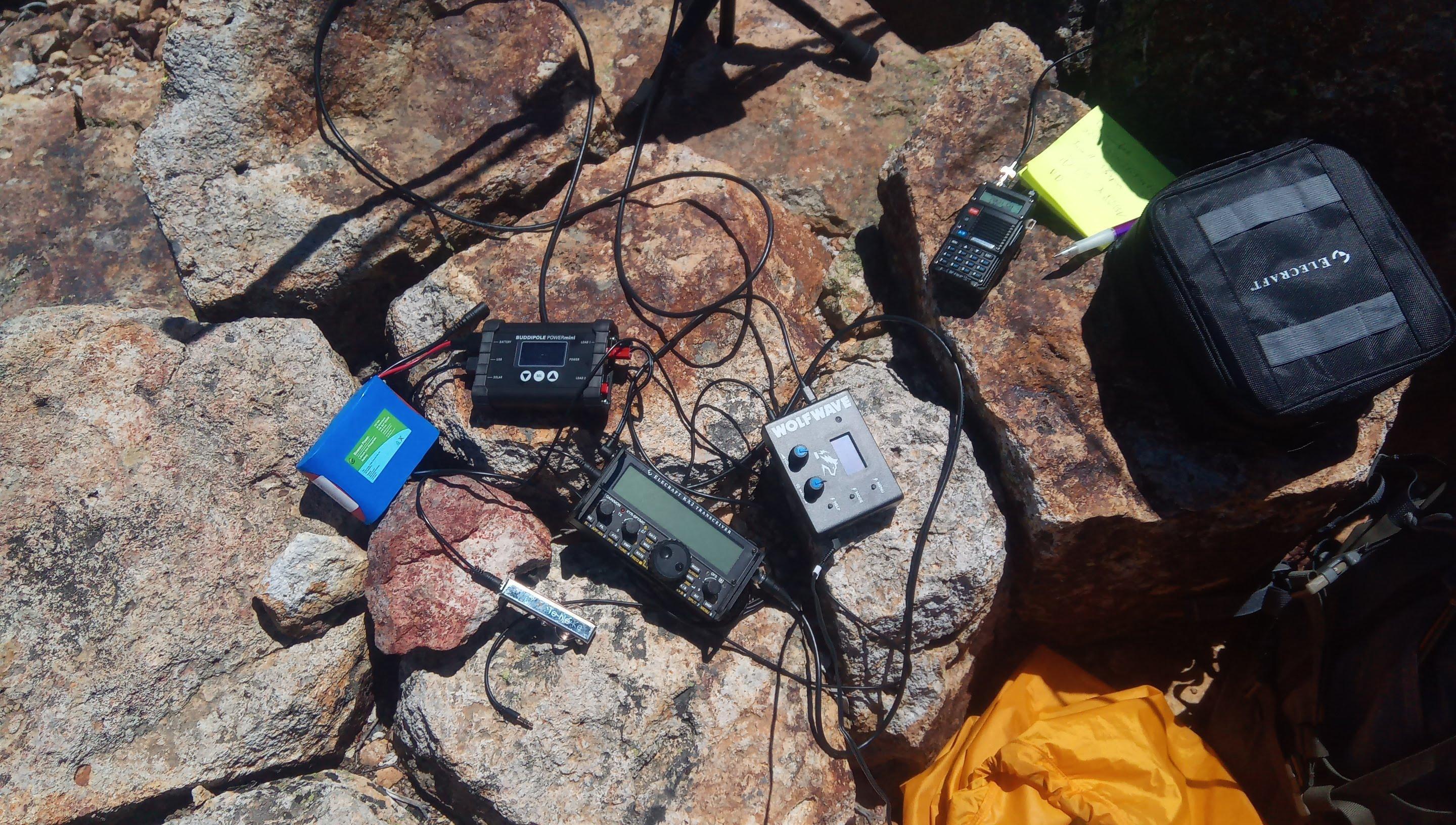
This is it! Stay tuned for more.